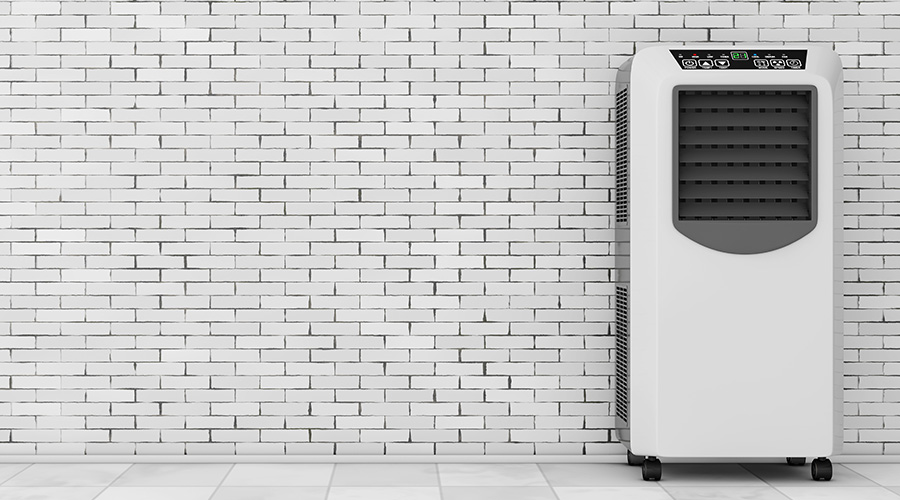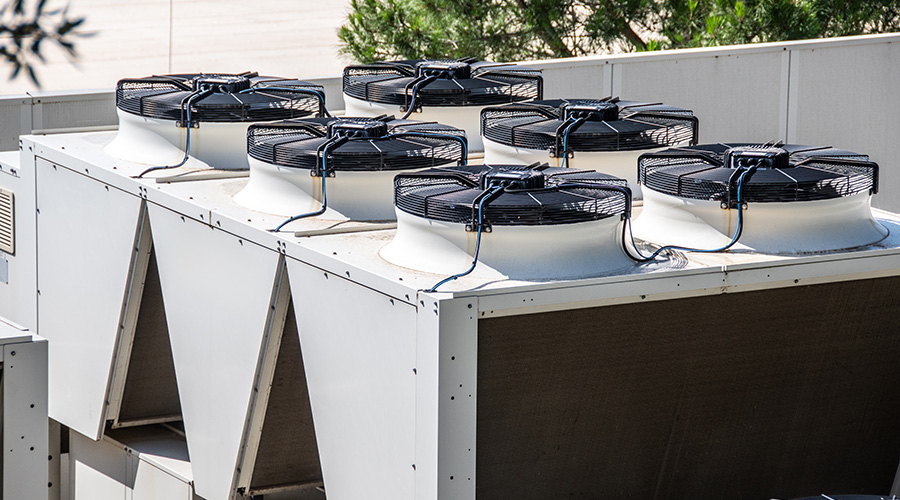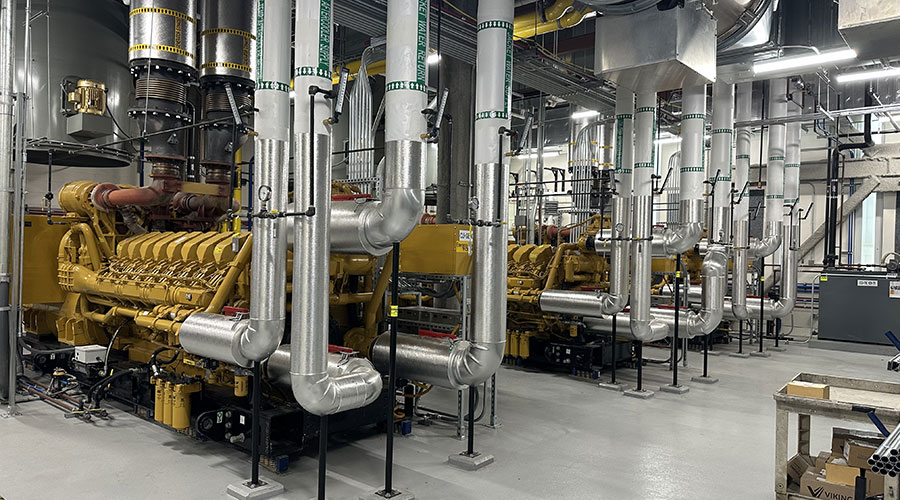Portable Units Avoid Capital Expenditures for Cooling
Portable cooling can be a permanent or a temporary solution. Permanent implementation takes place to cool known hot spots in rooms in which large, capital-intensive cooling projects are not possible. Data centers in many small and mid-sized facilities continually grow, but managers often do not have the capital to enlarge or redesign the cooling system to address the growing cooling load.
Also, many small and mid-sized companies lease their office space. As a result, they are limited to renovations they can perform. Installing the typical split-system air conditioner requires adequate outdoor space, and technicians must update roofs or wall penetrations to allow for refrigerant piping. Many leases prohibit these types of renovations.
Portable-cooling technology can supplement an existing HVAC system serving the data centers, and some portable units have outlasted permanent systems.
Managers can schedule installations of temporary-cooling units when technicians perform maintenance tasks that require shutting down the main cooling system. It is not possible to shut down some mission-critical data centers because of the resulting loss of revenue and productivity. In these cases, portable-cooling units can allow technicians to perform maintenance on the units or the HVAC system as a whole.
Related Topics:













